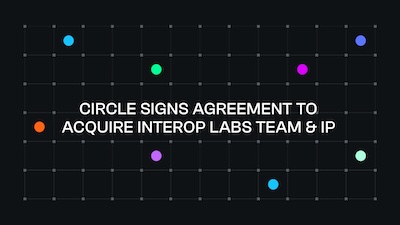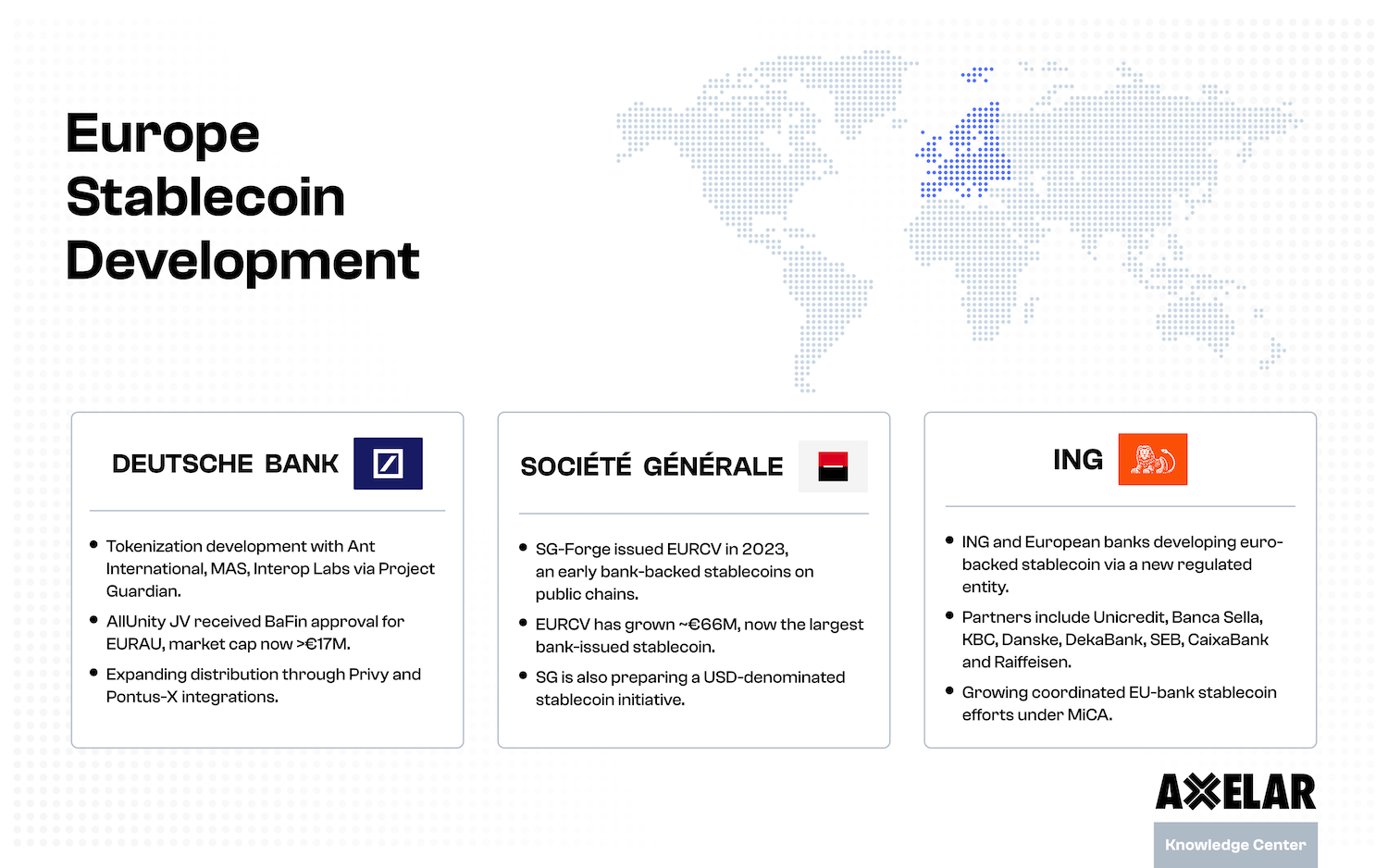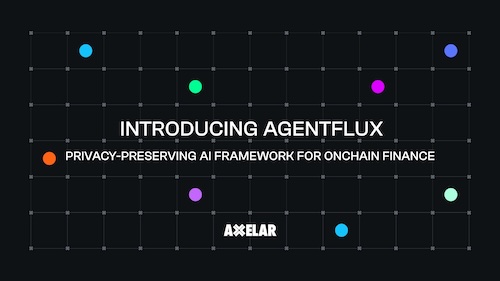Ethereum’s Coming Interoperability Problem
Table of Contents


The momentum behind layer-2 [L2] scaling solutions for Web3 is about to enter a Cambrian phase, in which the number and diversity of blockchains building atop Ethereum explodes into a newly fragmented and complex ecosystem.
The seeds of this explosion have already been planted:
- L2 rollups like Arbitrum, Optimism and Polygon are building infrastructure to support application-specific chains, or “appchains,” sometimes called “Layer-3” [L3] blockchains.
- Modular platforms like Celestia and Eigenlayer are decoupling specific components of transaction execution into separate components and layers [consensus, storage and execution].
- Rapid advancements in zero-knowledge [ZK] proofs are spurring the emergence of new chains that act as L3s or co-processors in one form or another.
- Axiom, Lagrange and RISC Zero are examples.
However, one problem remains: how will these chains and layers connecting to Ethereum preserve interoperability? For applications, the ability to interact from one smart contract to another is critical to support features and build using composable building blocks in Web3. For users, the end goal should be to enable interaction with all applications from a single wallet, without “chain-switching” to navigate.
This standard of interoperability has been a pillar, supporting Ethereum’s success as an ecosystem: not only can users switch easily between protocols, but developers can compose seamlessly, combining functions and network effects across the Ethereum ecosystem. How do we preserve these user experiences and developer superpowers as Ethereum scales across connected blockchains that will be counted by hundreds, if not thousands? Read an Axelar Foundation proposal to adjust network tokenomics to maintain and improve validator incentives as the network scales.
L2 table stakes
Here are some safe assumptions as to what L2s will bring to the table where interoperability across the Ethereum ecosystem is concerned.
- Ethereum will be the fastest-growing settlement layer, checking proofs and state transitions of dependent L2, L3 & modular chains, alongside a handful of standout L1s growing in parallel, such as Cosmos chains and Solana.
- Every major L2 will support its own cluster of chains [Polygon
- Supernets, Optimism OP Stack chains, Arbitrum chains, etc.].
- Some L2 ecosystems will likely have native interoperability protocols connecting their L3 chains.
- Each L2 will have a connection to Ethereum for settlement.
- Each L2 will have a cross-chain bridge for token transfers.
Advance to Better L2 UX
Alone, the capabilities listed above are inadequate to ensure applications built on L2s will provide smooth user experiences and allow developers to compose freely across the Ethereum ecosystem.
To achieve a level of interoperability that matches what Ethereum has pioneered, more advanced cross-chain functionality is needed at the infrastructure layer. Here are some of its critical functions.
One-click transactions
Today, most cross-chain activity involves the movement of wrapped assets via bridges. But Ethereum users are accustomed to one-click transactions, especially when using ether or native stablecoins.
Bridges alone are inadequate; arbitrary data networks are required, with the ability to transmit function calls that trigger applications on other chains. Even this by itself is not enough: services atop these networks are required to automate various cross-chain tasks.
As applications attract users in volume, the best UX will rely on the following tools and services for processing arbitrary message payloads:
- Execution services, so function calls won’t require manual execution on connected chains.
- Gas services eliminate the need for users to hold multiple gas tokens, by automating conversion through multiple hops contained in a single user action.
- Monitoring tools allow applications to automate transaction recovery when things get stuck between chains.
- Fast-finality gadgets, so users do not need to wait for 10 or 20 minutes to settle a request.
Today, Axelar network and Axelar ecosystem applications provide these capabilities: an arbitrary data network for leading L2s via General Message Passing [GMP]; a suite of services to automate things like cross-chain gas payments; monitoring tools based on a full-featured block explorer and services providing finality in seconds.
Shared sequencers
Most L2s function as rollups, batching transactions periodically and settling them on the Ethereum chain in a single transaction hash. The ordering of transactions for this connection to Ethereum and execution of the connecting transaction is facilitated via a sequencer.
Each L2 operates its own sequencer – often run by core development teams, presenting a potential central point of failure for the L2. To simplify further decentralization, and allow new L2s to bootstrap in a more decentralized way, shared sequencers have been proposed.
As the world of L2s expands in complexity and diversity, this will go from being a nice idea to a necessity. Shared sequencers will operate within L2 clusters and across them.
Data availability layers
Data availability [DA] layers like Espresso DA, EigenDA and Celestia extend the modular thesis frameworks by allowing L2s and L3s to store large amounts of data in efficient storage networks. This delivers cost savings: it’s still expensive to post data on Ethereum [though it’s gradually becoming cheaper with Ethereum Cancun Upgrade and EIP-4844].
These layers naturally end fragmentation within the application development stacks. However, they require a combination of native and external techniques to preserve simple development environments and keep overhead down.
Endgame: Overlay networks
Interoperability across an Ethereum ecosystem with hundreds [or thousands] of L2 blockchains is a multidimensional challenge. Ultimately, users do not care as much where their applications are hosted; they want cheap and reliable applications they can trust. Developers want to the widest possible distribution and to deliver seamless experiences to their users. Web3 has a potential to be a simpler, faster, more fair and trusted environment to build. But to do this, we’d need to solve the overheads that the L2 explosion will bring.
Our approach to this problem set is the same as it has been from the day we initially conceived of the Axelar network. Inspired by Akamai’s role in the early commercialization of the internet, Axelar is meant to act as an overlay network across chains. There will be multiple paths of connectivity, but an overlay network is designed to offer delivery of packets faster, more secure, cheaper and with improved developer capabilities.
Axelar network developer tools offer orchestration, comparable to those available for internet developers, a programmable cross-chain network, and products like the Interchain Token Service [ITS] that allow simple deployment and management of tokens across many chains. At the core team, we call this full-stack interoperability.
This is the way to establish a Web3 that can open up possibilities existing internet infrastructure cannot support. Together, we can build applications that are easy to use, delivering capabilities that change the way we experience the internet.
Useful links
- Learn more in an Axelar network forum post.
- Developers can learn more about ITS here.
- Read more about Interchain Amplifier and the AVM.
- Begin staking AXL to support secure interoperability.


